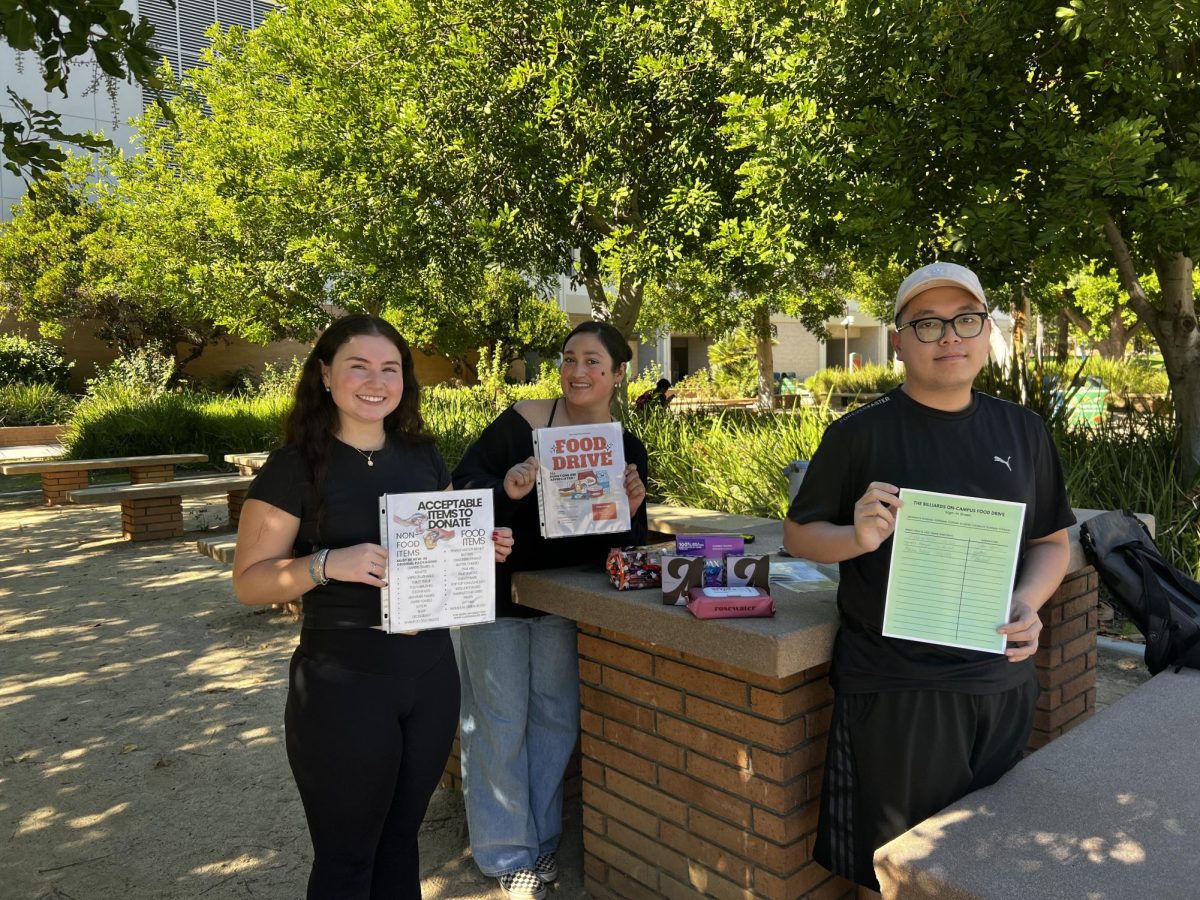CSUN has exceeded its enrollment target for the 2014-2015 academic year and will impose acceptance restrictions for students attempting to enter the university during the spring semester.
Within the California State University (CSU) system the full-time student enrollment target has increased across the 23 campuses by approximately 10,000, according to Michael Uhlenkamp, director of public affairs for the CSU Chancellor’s Office . CSUN along with 12 other CSU campuses will only accept spring applications from certain community college students.
“The demand will outweigh the campuses’ ability to accept incoming students,” said Uhlenkamp.
The CSU Board of Trustees (BOT) had requested a $237.6 million budget increase from the state of California and was instead met with $142.2 million.
A $1.9 billion surplus in the governor’s budget was discussed at the January 2014 CSU Board of Trustees meeting.
The final meeting was on July 22 where the $142.2 million budget was made absolute. This increase brings the total CSU budget to $2.7 billion. This amount is consistent with the governor’s multi-year funding plan first proposed and adopted in 2013-2014.
“In a given year we receive between two or three billion dollars,” Uhlenkamp said. “Over the last couple of years we have received an increase.”
This year’s full-time student quota for CSUN has grown to 26,143, an increase of 570 more than last year, Donahue said.
CSUN will be accepting over 11,000 new students this fall.
“Our class is going to be around 5,500 new freshman and 5,700 transfer students,” Michael Neubauer vice provost said. “It’s a huge incoming student class.”
The CSU enrollment goals use full time equivalent students (FTES) to set enrollment targets.
A FTES counts a single student enrolled in 15 units to be full time, however the number of FTES is not necessarily equivalent with the number of students on campus.
Two students, one enrolled in nine units and another enrolled in six units, are counted as a single full-time student.
Spring enrollment will not be completely closed to everyone but they will still have to turn away qualified students.
“Students participating in the Associate Degrees for Transfer program will always receive enrollment priority,” Uhlenkamp said.
Because of Senate Bill 1440, once a student has met specified general education and major requirements for an associate degree, they are eligible for transfer with junior standing into the CSU system.
Students are guaranteed admission into the CSU system and receive priority consideration when applying to programs similar to their associate degree.
“We will be accepting those students who qualify for SB 1440 this spring,” Neubauer said.
Increasing qualified student enrollment is a goal in the CSU system, despite the state’s limited funding to campuses.
Colin Donahue, vice president of admissions and finance, said when CSUN is over-enrolled additional funding is not available from the state. “Any additional funding is from the student fees. It’s difficult when you want to give access to your students, yet you’re not receiving state funding for those higher numbers.
“The goal of the CSU system is to admit the upper third of graduating high school students and because of lack of funds we have to turn away qualified students,” Donahue said.
The BOT had estimated an enrollment increase of 20,000 full-time students if they received the extra $95 million requested.
“For the 2013-2014 year we enrolled a total of 450,000 students,” Uhlenkamp said. ”This year it will be closer to 460,000.”
In the end, the CSU system only received funds for an additional 10,000 students.
“If we had received the extra $100 million, we may have been able to open up enrollment for spring,” Neubauer said. “But it’s hypothetical of course.”










